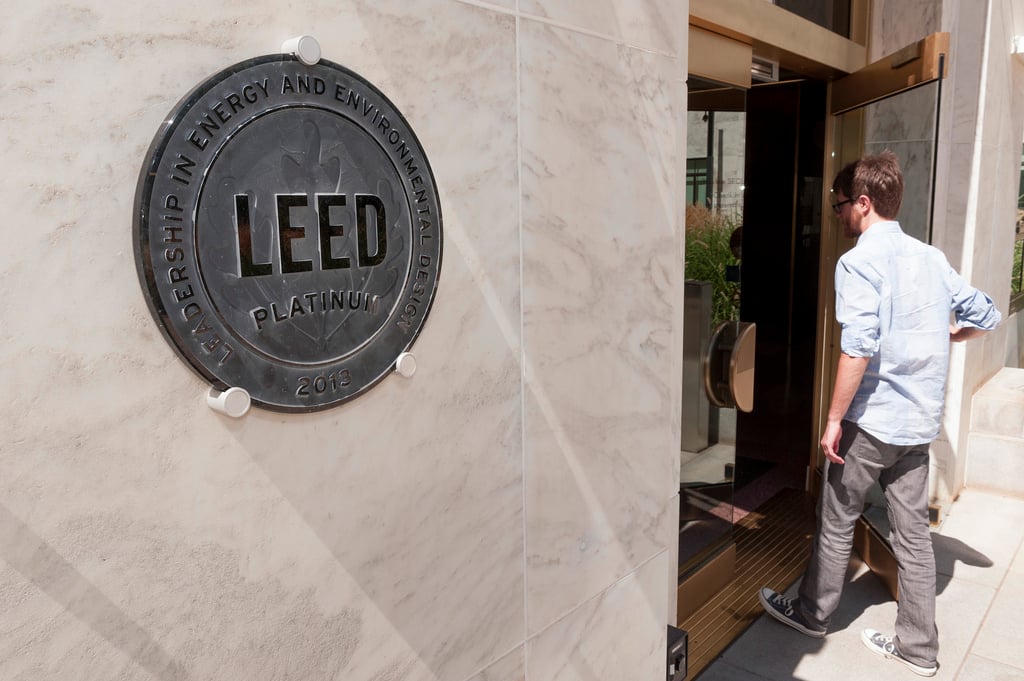Solar Energy – The Pros and Cons of Alternate Materials in Commercial Construction
A Solar Energy incentive program (Made in Minnesota Solar Incentive Program) for both residential and commercial buildings recently came to our attention. Upon being asked our opinion of the program, a lively discussion ensued in the offices of APPRO and CERRON surrounding the use of environmentally friendly materials and sustainable energy resources.
APPRO & CERRON both work diligently to provide the best product at the best price for each of our customers – whether building new or remodeling existing. We work a lot in our neighborhood here in the Airlake Industrial Park which is comprised of many small businesses focused on the industrial and manufacturing industries.
Over the past few years, APPRO has brought forward energy efficient design ideas and alternate material types and equipment that enhance energy savings in response to public sentiment for more environmentally friendly buildings. We have found the LEED certification process cumbersome and not as cost effective as we may be lead to believe initially. We have strived to find a balance between energy savings that provide payback to you as a building owner and ways that reduce the initial start-up costs of construction.
In our experience, as we competitively bid out new projects, we have found that some “green” or LEED certified materials make a lot of sense to incorporate in to a project to cut costs (e.g. insulation). While the use of other materials might only make sense to fulfill a PR objective or to enhance marketability, the incorporation of those materials may not make sense from a business perspective.
As a Minnesota based design-build general contractor, APPRO is aware of the solar incentives available and are more than happy to discuss the pros and cons of working this into your next building project. We create property solutions for you and with you – how may we help you today?

